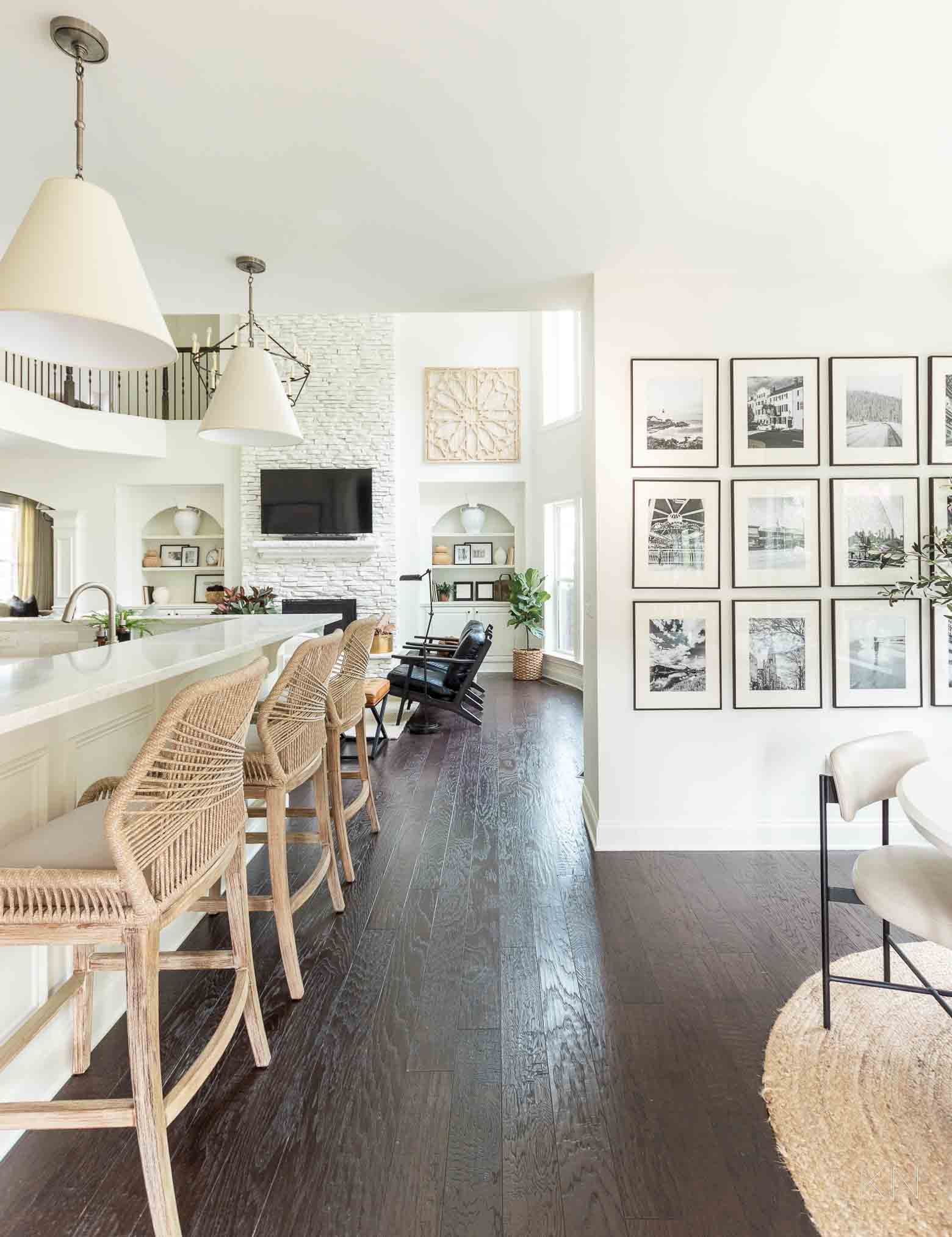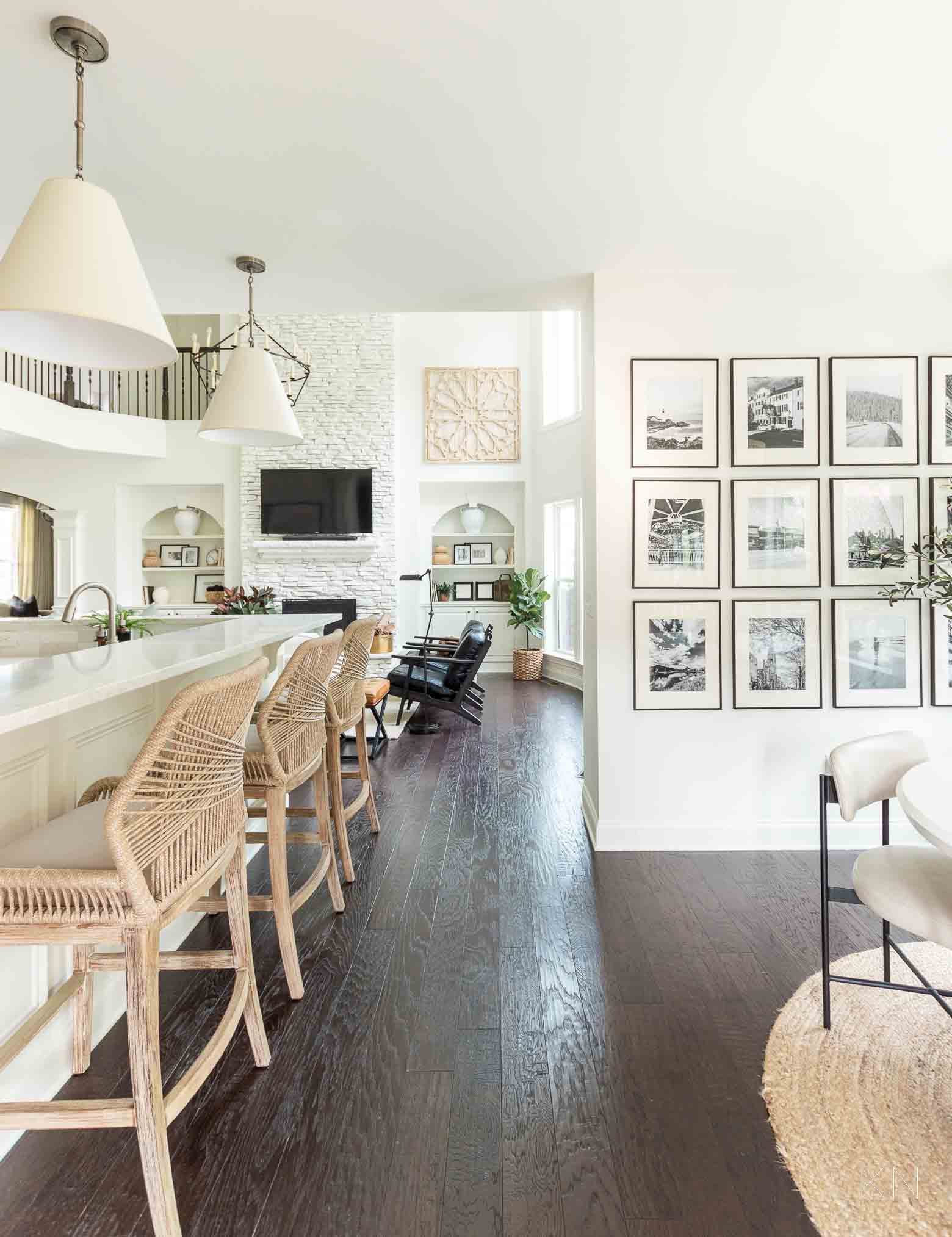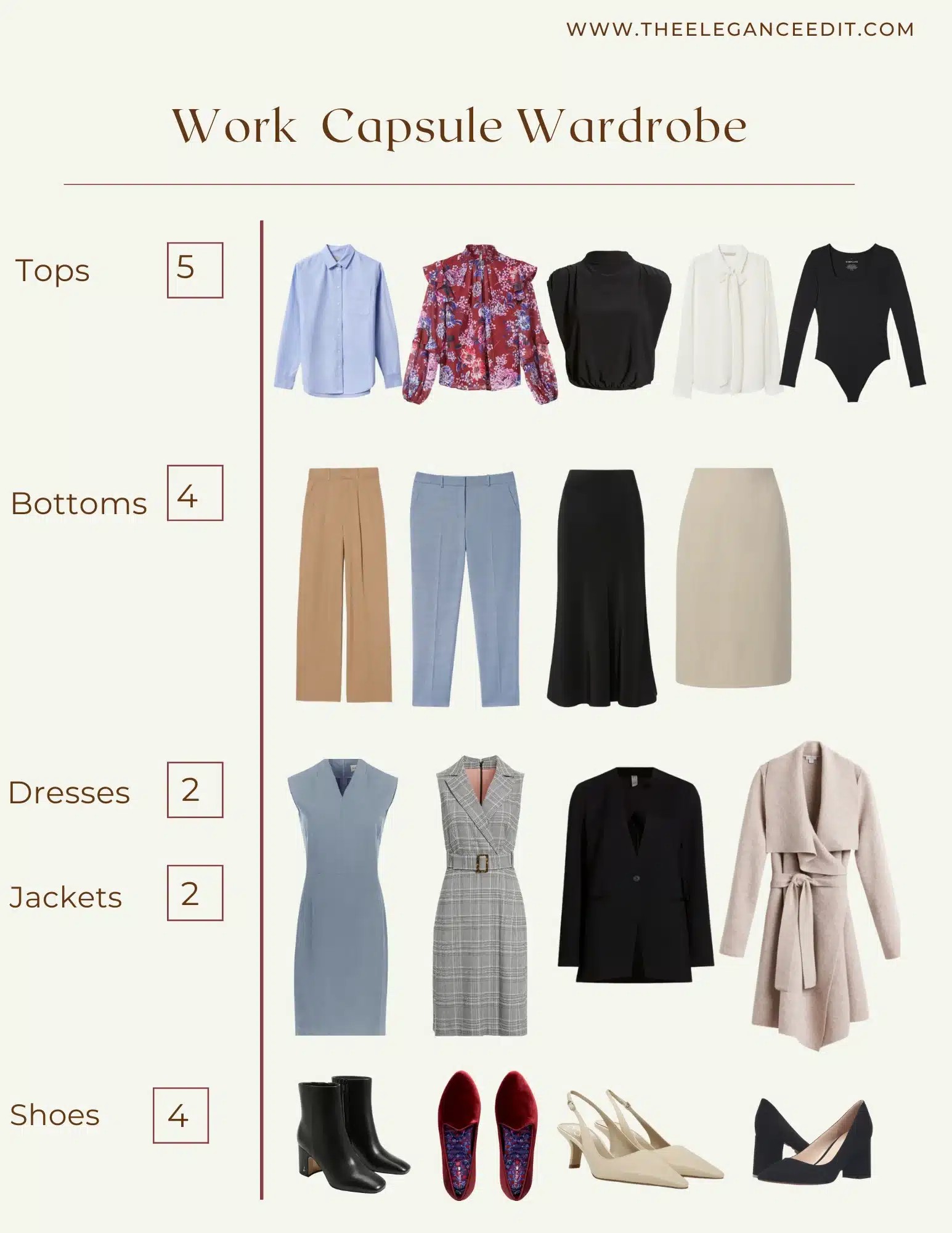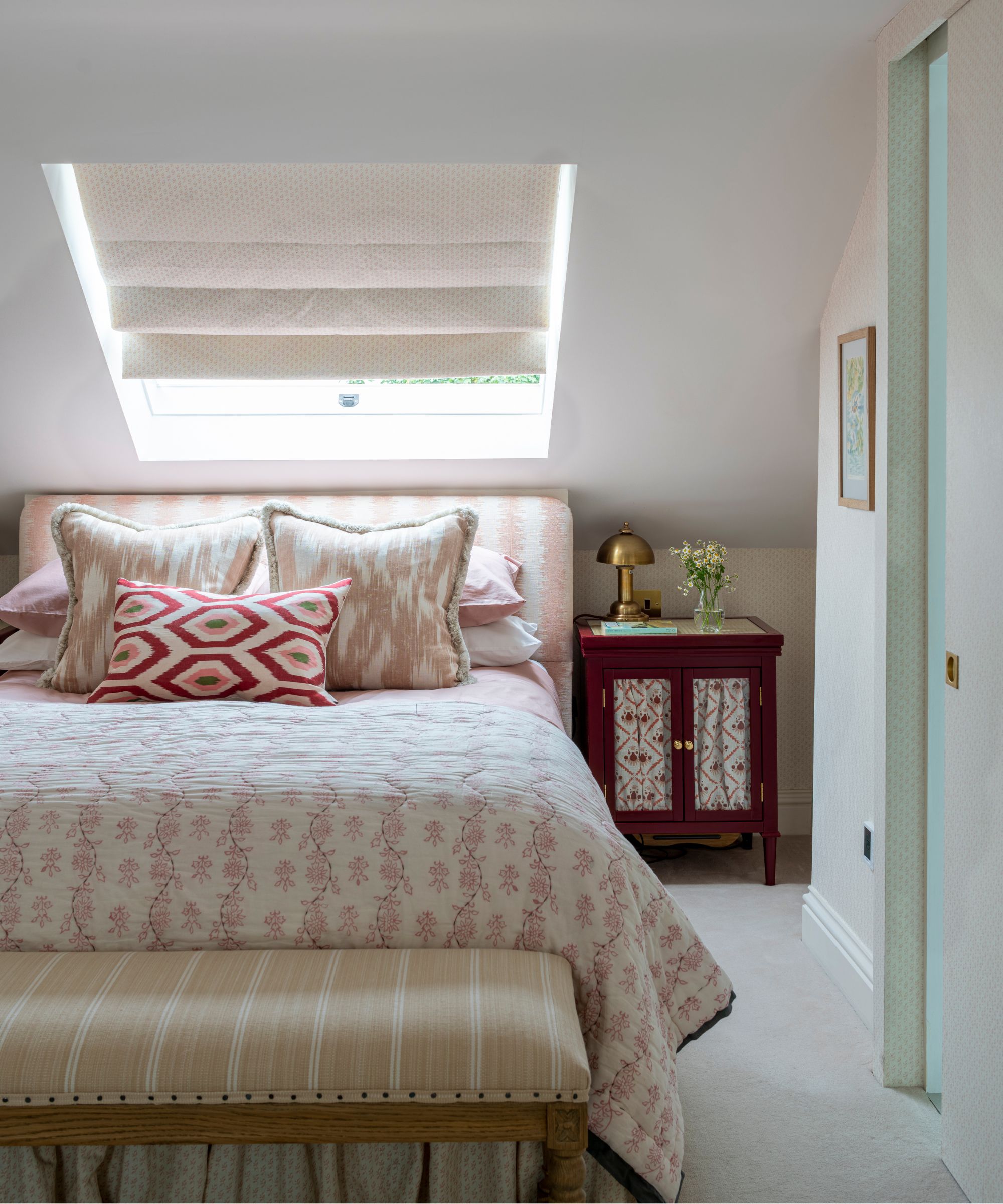Practical Strategies for Organizing a Minimalist Space at Home

Embracing Minimalism at Home
Transforming your living space into a minimalist haven can bring clarity and peace to your life. With the right strategies, you can create an environment that promotes relaxation and functionality while eliminating unnecessary clutter. Understanding the benefits of minimalism will motivate you to embark on this rewarding journey.
Why Choose Minimalism?
Minimalism isn’t just a trend; it’s a lifestyle that offers several advantages, including:
- Reduced Stress: A decluttered space can lead to a calmer mind. Studies indicate that clutter can overwhelm our cognitive functions, leading to feelings of stress and anxiety. By eliminating excess items, you cultivate a serene atmosphere that encourages tranquility.
- Improved Focus: Simplifying your surroundings allows you to concentrate on what truly matters. For example, a tidy workspace can enhance productivity, allowing you to channel your energy into your projects without distractions from chaotic surroundings.
- Time Savings: With fewer items, cleaning and organizing become effortless tasks. By prioritizing essential belongings, you can shorten the time spent on mundane chores, granting yourself more time for leisure or personal pursuits.
Essential Strategies for a Minimalist Space
To achieve a minimalist environment, consider integrating these practical strategies:
- Assess your belongings: Identify items that are essential, sentimental, or superfluous. This process can involve asking yourself whether an item serves a functional purpose or contributes to your happiness. Create three categories: keep, donate, or discard.
- Create designated spaces: Assign specific areas for your remaining items to foster organization. For instance, have a defined spot for keys, mail, and everyday items, ensuring easy access without contributing to messiness.
- Practice the one-in-one-out rule: For every new item brought into your home, ensure one is removed. This method not only prevents unnecessary accumulation but also encourages mindful purchasing habits. Before buying, consider whether the item is truly needed or simply a desire.
As you dive deeper into minimalism, these strategies will guide you in making thoughtful choices about your space, ultimately leading to a more harmonious lifestyle. In the United States, where consumerism often drives accumulation, practicing minimalism can feel countercultural but immensely liberating. By prioritizing experiences over possessions, you might find increased joy in meaningful interactions and adventures, revealing the profound impact of living simply. So start small, perhaps with a single drawer or closet, and watch how the ripple effect transforms not just your home, but your entire approach to life. This journey toward minimalism is more than just physical decluttering; it’s about making space for what truly enriches your existence.
DIVE DEEPER: Click here to uncover practical decluttering tips
Practical Steps to Create a Minimalist Environment
Creating a minimalist space in your home is an empowering endeavor that requires intentionality and commitment. While the idea of minimalism may evoke images of bare walls and empty rooms, it’s important to recognize that true minimalism is about functionality and personal satisfaction rather than mere emptiness. Here are some effective practical strategies that can help you carve a calmer, more organized home.
1. Declutter by Room
One of the most effective approaches to organizing a minimalist space is to tackle one room at a time. Breaking it down into manageable tasks can reduce the feeling of being overwhelmed. Begin with the room that you frequently use or the one that often feels chaotic. For each room, follow these steps:
- Clear the surfaces: Start by removing everything from surfaces like tables, countertops, and desks. This action provides a blank slate to work with.
- Sort items: As you clear away clutter, categorize items into groups such as keep, donate, or discard. Use clear bins or bags to help visualize what you have and make decisions easier.
- Minimize specific categories: Focus on common clutter magnets, such as electronics, papers, and clothing. Aim to keep only what you truly need or cherish.
According to a study conducted by the American Psychological Association, individuals who live in decluttered spaces experience improved emotional well-being. Hence, by dedicating time to each room, you’ll find a greater sense of clarity and purpose.
2. Embrace Multi-Functional Furniture
In the quest for a minimalist home, multi-functional furniture becomes your best ally. The right pieces can help save space while serving dual (or even triple) purposes. Consider incorporating:
- Sofa beds: Perfect for accommodating guests while conserving space during the day.
- Ottomans with storage: Use them to store blankets or out-of-season clothing, while also providing extra seating.
- Nested tables: Great for extra surface area when needed, allowing for a clean look when stacked away.
When shopping for furniture, invest in pieces that are durable and timeless. This strategy eliminates the need to frequently replace items due to wear, which can contribute to unnecessary purchases and clutter.
By adopting these practical strategies—decluttering by room and choosing multi-functional furniture—you’ll begin to experience the transformative benefits of living in a minimalist home. Over time, these changes can create a lifestyle that is not only aesthetically pleasing but also nurturing for your mental and emotional health.
| Category | Key Features |
|---|---|
| Decluttering | Efficiently remove items that do not serve a purpose or bring joy, allowing for a cleaner space. |
| Storage Solutions | Utilize multi-functional furniture such as ottomans with hidden storage or wall-mounted shelves to maximize space. |
| Organizational Systems | Implement systems like the KonMari Method, focusing on categories to simplify the organization process. |
| Routine Maintenance | Establish routines for regular decluttering to maintain an ongoing minimalist environment. |
Achieving a minimalist space at home can transform your living environment into a sanctuary of simplicity and clarity. By implementing practical strategies such as regular decluttering, you ensure that every item in your space has purpose and functionality. Utilizing storage solutions like multi-functional furniture not only creates more physical space but also promotes a tidy appearance.Furthermore, employing organizational systems enhances the efficiency of your space, making it easier to find what you need without unnecessary chaos. Don’t forget that routine maintenance is crucial; setting aside time to review your belongings consistently can preserve the tranquility and minimalism within your home. Discovering the joy in less can lead to a serene surroundings that refreshes your mind and spirit.
EXPLORE MORE: Click here to discover the benefits of a digital detox
Curating Your Belongings and Creating Intentional Spaces
As you continue on your minimalist journey, it’s essential to focus on curating your belongings and creating intentional spaces that reflect both function and personal joy. A well-organized minimalist home is not merely an absence of clutter; it should be a place that feels good, is uniquely yours, and encourages a purposeful way of living.
1. Adopt the “One In, One Out” Rule
To maintain a minimalist environment, consider adopting the “One In, One Out” rule. This strategy encourages you to evaluate the items you bring into your home critically. For every new item you purchase or receive, designate an existing item to leave your space. This approach helps prevent accumulation and promotes conscious consumerism.
For example, if you buy a new shirt, take the time to donate an older piece from your wardrobe that you no longer wear. This ensures that your belongings remain manageable and that the quality of what you keep continues to enrich your life.
2. Utilize Vertical Space
When organizing a minimalist space, optimizing vertical space can have a significant impact. Often, people neglect the walls of their homes, missing out on valuable storage potential. Here are some ideas for making the most of your vertical space:
- Wall shelves: Install floating shelves to display books, plants, or decorative items, creating an appealing focal point while freeing up floor space.
- Hooks or racks: Use hooks to hang items like bags or hats by the door. This can lend an organized feel while also acting as a design element.
- Tall bookshelves: Consider incorporating tall bookshelves that stretch upwards rather than outwards. These can house a collection or act as a room divider without consuming too much space.
By thinking vertically, you not only maximize your space but also highlight the intentionality behind your home’s decor.
3. Create Functional Zones
Another practical strategy is to establish functional zones within your home. Reflect on how you live and identify specific areas for different activities—be it working, relaxing, or socializing. This method encourages you to organize each zone according to its purpose, thereby enhancing efficiency and reducing clutter.
- Work zone: Set up a dedicated workspace that contains all essential tools, providing an inspiring and productive atmosphere.
- Relaxation zone: Create a cozy reading nook with comfortable seating and minimal distractions, fostering tranquility.
- Social zone: Arrange your living area to facilitate social interactions, ensuring it remains inviting yet spacious.
By delineating these zones, you help streamline your daily routines and increase mindfulness in your living space. This approach aligns perfectly with the minimalist ethos of prioritizing utility and serenity.
As you explore these practical strategies—such as adopting the “One In, One Out” rule, utilizing vertical space, and creating functional zones—you cultivate an environment that reflects not only aesthetic minimalism but also a thoughtful lifestyle. Such curated spaces can profoundly influence not just how your home looks, but also how it feels and functions on a daily basis.
DISCOVER MORE: Click here for practical decluttering tips
Conclusion: Embracing Minimalism for a Harmonious Home
In conclusion, embracing minimalism through practical strategies can transform your home into a space that fosters tranquility, creativity, and functionality. By focusing on curating your belongings, you not only create a visually appealing environment but also invite a sense of mindfulness into your daily life. The “One In, One Out” rule serves as a valuable guideline for maintaining a clutter-free space, while utilizing vertical storage options maximizes every inch of your home, blending aesthetics with functionality.
Equally important is the establishment of functional zones. By designing areas within your home dedicated to specific activities, you enhance the efficiency of your space and promote a lifestyle anchored in purpose. This structured approach encourages an organized and intentional way of living, making everyday tasks more enjoyable and less stressful.
As you embark on or continue your minimalist journey, remember that the goal is not just to eliminate possessions but to enrich your life with experiences and connections. A minimalist home should not only reflect simplicity but also embody your unique style and values. With these strategies, you can cultivate a harmonious environment that supports your well-being and leads to a more fulfilling life. The path to a well-organized minimalist space invites you to rediscover what truly matters in your home, making every square foot a testament to intentional living.


